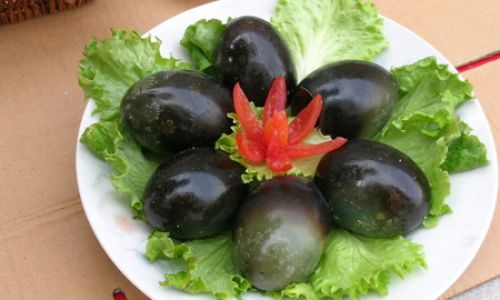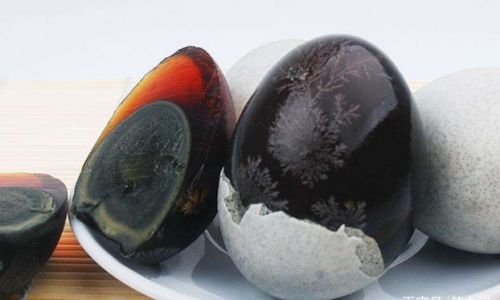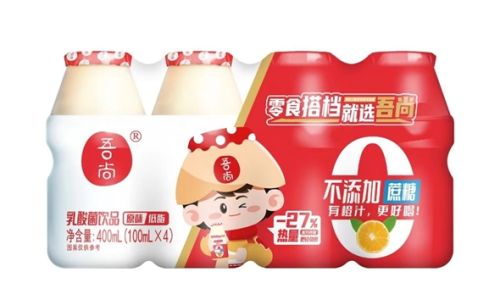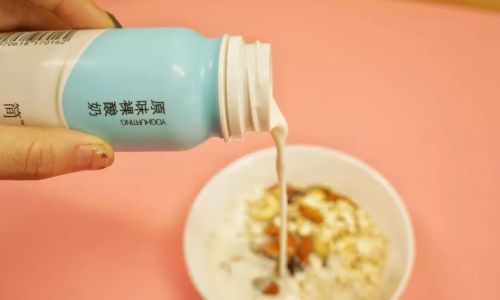Introduction
Preserved eggs, commonly known as Songhua eggs in China, are a unique culinary delight that has fascinated food enthusiasts worldwide. These eggs, characterized by their dark, translucent appearance and rich, creamy yolk, offer a flavor profile that is both savory and slightly sweet, with a hint of ammonia from the preservation process. While the exact origin of Songhua eggs is uncertain, they have been a staple in Chinese cuisine for centuries, often served as a snack, an appetizer, or an ingredient in various dishes.

Making Songhua eggs at home may seem like a daunting task, but with the right ingredients and careful attention to detail, you can create these delicious treats right in your kitchen. This guide will walk you through the entire process, from selecting the perfect eggs to achieving the classic Songhua egg texture and flavor.
Section 1: Understanding the Basics
Before diving into the recipe, it’s essential to understand the basics of making Songhua eggs. The preservation process involves immersing eggs in a mixture of alkaline substances, such as ash, lime, or sodium hydroxide (lye), and salt. This mixture allows the eggs to undergo a chemical reaction that changes their texture and color while also inhibiting bacterial growth, thereby preserving them.
Modern recipes often use a more controlled and safer approach, utilizing a solution made from tea, salt, and sometimes additional flavorings like spices or herbs. The eggs are then allowed to sit in this solution for a period of time, usually several weeks, to fully develop their characteristic flavor and texture.
Section 2: Ingredients and Equipment
To make Songhua eggs, you’ll need the following ingredients and equipment:
-
Ingredients:
- Fresh, large eggs (preferably Grade A or AA)
- Black tea leaves or tea bags (for color and flavor)
- Water
- Salt (preferably non-iodized)
- Optional: Spices like star anise, cinnamon sticks, or bay leaves for added flavor
- Optional: A small amount of sodium hydroxide (lye) or baking soda for a traditional alkaline environment (use with caution and follow safety instructions)
-
Equipment:
- A large, non-reactive pot (stainless steel or enamel-coated)
- A strainer or slotted spoon
- Glass jars or ceramic containers with tight-fitting lids (for storing the eggs during preservation)
- Rubber gloves (if using sodium hydroxide)
- A thermometer (to ensure the correct temperature of the preservation solution)
Section 3: Preparing the Eggs
-
Selection and Cleaning:
Start with fresh, large eggs. Inspect each egg for cracks or imperfections and discard any damaged ones. Gently clean the eggs under running water to remove any dirt or debris. Pat them dry with a clean cloth or paper towel. -
Boiling the Eggs:
Place the eggs in a single layer in a pot filled with enough cold water to cover them by at least an inch. Bring the water to a gentle boil over medium-high heat. Once boiling, reduce the heat to low and let the eggs simmer for about 6-7 minutes for a soft-boiled texture or 9-10 minutes for a firmer yolk. Remove the eggs from the heat and immediately plunge them into ice water to stop the cooking process. Let them cool completely before handling.
Section 4: Preparing the Preservation Solution
-
Making the Tea:
In a large pot, bring 4-6 cups of water to a boil. Add a handful of black tea leaves or 2-3 tea bags. Allow the tea to steep for about 10 minutes, then remove the tea leaves or bags.
-
Adding Salt and Flavorings:
Stir in a generous amount of salt (about 1/4 to 1/2 cup, depending on your taste preference). If using spices like star anise, cinnamon sticks, or bay leaves, add them to the tea now. Let the mixture simmer for another 5 minutes to blend the flavors. -
Adjusting the pH (Optional):
If you choose to use sodium hydroxide or baking soda, do so with extreme caution. Wear rubber gloves and follow safety instructions carefully. A small amount of sodium hydroxide (dissolved in a separate container of water) can be added to the tea mixture to create a more alkaline environment, but this step is not recommended for beginners due to the hazards involved. Baking soda, used in smaller quantities, is a safer alternative but may not produce the same intense color or texture as sodium hydroxide.
Section 5: Preserving the Eggs
-
Cooling the Solution:
Allow the tea mixture to cool to room temperature. If you’ve used sodium hydroxide, ensure the solution is completely cool before proceeding to avoid burns. -
Placing the Eggs:
Carefully peel the boiled eggs. Place them in clean, glass jars or ceramic containers. Pour the cooled tea mixture over the eggs, ensuring they are fully submerged. -
Sealing and Storing:
Tightly close the lids of the containers. Label them with the date and store the eggs in a cool, dark place. The preservation process can take anywhere from 2 to 4 weeks, depending on the desired texture and flavor intensity.
Section 6: Monitoring and Adjusting
Throughout the preservation period, periodically check the eggs and the solution. If you notice any mold or off odors, discard the eggs and start the process again. The solution should remain clear and free of debris. If it becomes cloudy or develops a strong ammonia smell, it may indicate that the eggs are over-preserved or that the solution needs to be replaced.
Section 7: Serving and Enjoying
Once the preservation period is over, your Songhua eggs are ready to enjoy. Carefully remove them from the solution and rinse them under cold water. Pat them dry and slice them in half to reveal their beautiful, translucent interiors. Serve them as a snack, an appetizer, or incorporate them into various dishes like congee, noodles, or salads.
Conclusion
Making Songhua eggs at home is a rewarding culinary endeavor that allows you to control the ingredients and the preservation process, ensuring a delicious and safe final product. With patience, attention to detail, and a bit of practice, you can create these iconic Chinese delicacies right in your own kitchen. Whether you enjoy them on their own or use them as an ingredient in other dishes, Songhua eggs are sure to become a favorite addition to your culinary repertoire. Happy preserving!





0 comments